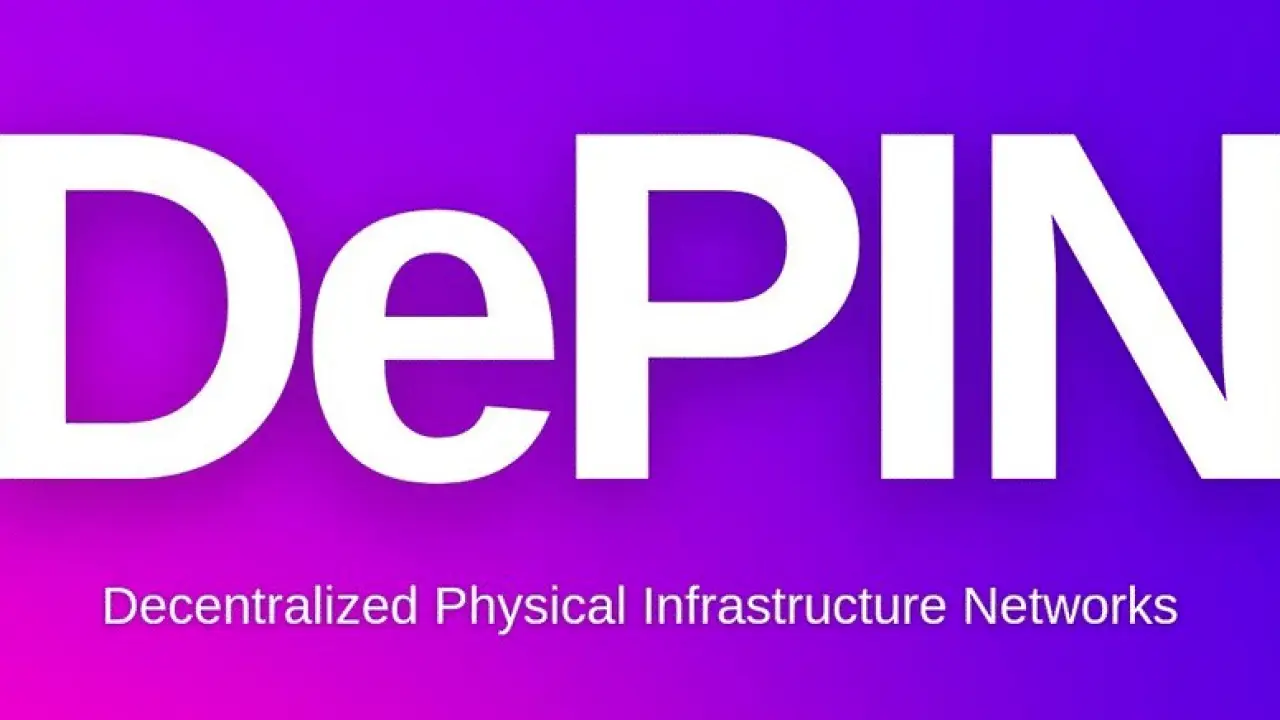Decentralized Physical Infrastructure Networks (DePIN) are emerging as a cost-efficient alternative to traditional cloud computing, leveraging blockchain technology to create community-owned infrastructure networks. This new model allows participants to contribute underutilized hardware and data assets in exchange for crypto token rewards, promoting innovation and infrastructure resilience.
While DePIN offers potential benefits such as lower capital costs and faster deployment, it also faces challenges including scalability issues, security vulnerabilities, and regulatory uncertainty. Industry experts emphasize the need for clear guidelines to support sustainable growth in this evolving sector.
What Is DePIN?
DePINs use blockchain to coordinate real-world infrastructure deployment and maintenance, enabling individuals and organizations to collectively own and operate hardware resources. Tom Phipps, head of crypto strategy at Flight3 in London, explains that blockchain serves as a transparent, automated ledger that verifies contributions and distributes token-based incentives.
Smart contracts enforce service-level agreements and manage rewards without manual oversight. Decentralized governance frameworks allow stakeholders worldwide to participate in decisions related to protocol upgrades, node approvals, and treasury management, removing reliance on centralized authorities, according to Merlin M. Ostermann, chief strategy officer at Arkreen Network.
Applications and Benefits of DePIN
DePIN is particularly suited for services requiring extensive infrastructure, where ownership can be decentralized through crowdsourcing. Pete Harris, principal at Lighthouse Partners, notes that this model lowers upfront capital expenses and speeds up infrastructure rollout, resulting in cost savings for customers and higher margins for operators.
DePIN networks are typically geographically distributed, enhancing service resilience and reducing latency by situating infrastructure closer to end users. One of the earliest and most prominent applications of DePIN is wireless connectivity, pioneered by Helium, which began with IoT coverage before expanding into 5G networks through community-deployed hotspots.
Risks and Regulatory Considerations
Despite its promise, DePIN operates in a largely unregulated environment. Phipps warns that regulatory ambiguity presents enforcement risks, increased compliance costs, and potential changes in legal classification as lawmakers adapt to emerging technologies.
Technical risks also persist, including vulnerabilities at both the application layer (smart contracts) and the network protocol level. Each additional technical layer introduces new challenges that developers and users must address.
Ostermann advocates for government and industry initiatives to foster innovation through grants, tax incentives, and recognition of token participation as part of infrastructure modernization efforts.
DePIN signifies a shift in financing and managing physical infrastructure by integrating IoT, blockchain, and token economics. This approach unlocks new capital sources, enhances localized resilience, and aligns stakeholders. However, advancing beyond financial instruments to include comprehensive risk frameworks is essential for the sector’s maturation and stability.
